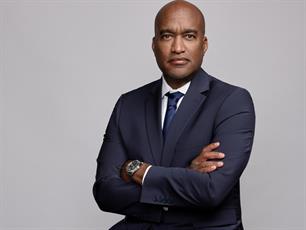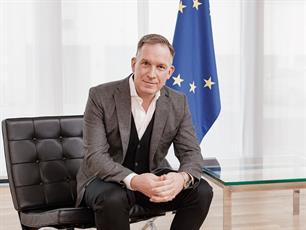Paul Holmes 28 Feb 2011 // 10:59PM GMT
The lawsuit filed this week by former MSL healthcare chief Monique da Silva is likely to once again focus attention on a recurring issue in the public relations industry: the seeming underrepresentation of women in the senior ranks of what is still a female-dominated industry.
I’m neither qualified nor inclined to comment on the merits of this specific case, but I do have access to some data that are relevant to this discussion.
The press release distributed by da Silva’s law firm makes the point that “Of the 45,000 PR professionals employed by Publicis, women account for approximately 70 percent of the staff and men for only 30 percent. Yet, men dominate the senior management ranks throughout Publicis worldwide; women hold only approximately 15 percent of leadership positions.”
Those numbers are not out of line with the Holmes Report’s data on employee demographics and employee satisfaction. Our most recent Best Agencies to Work For research, conducted about a year ago and encompassing around 70 agencies (including 12 of the top 15 firms), found that 72 percent of respondents were female.
Those numbers do change according to age—although not precipitously. In the youngest age group (22-26), women were 81 percent of respondents; at 27-31, women were still dominant (77 percent); at 32-36 and 37-41, however, the percentage of women is down to 68 percent; at 42-46, it’s at 62 percent; at 47-51, 67 percent; and at 52 and over, 59 percent.
Another pertinent finding from our research: When respondents were asked whether they agreed that their firm “provides equal opportunities regardless of gender, race or sexual orientation,” the average score (on a scale of one to 10) was 9.33. The only question of which PR firms scored higher marks involved whether client satisfaction was a top priority. Women gave their firms only very slightly lower marks (9.31 for women; 9.39 for men).
(MSL was one of just three top tier firms that declined to participate in the survey, so no results are available specific to that agency.)
We don’t ask respondents for their title, which means we don’t have hard data on how many women there are in executive VP or practice leader roles. But we do ask about age, and there was little significant difference by age group, which might have been suggestive of older respondents coming to realize that opportunities were being denied: among respondents aged 22-26 the average score was 9.44; respondents aged 27-31, 9.19; aged 32-36, 9.22; aged 37-41, 9.30; aged 42-46, 9.32; aged 47-51, 9.35; and respondents over 52, 9.44.
Those data suggest that the industry has come a long way in addressing an issue that has long troubled management at many of the larger agencies. The industry can ill afford to lose talent, and while there may be legitimate reasons for the decline in the percentage of women in older demographics, it would be smart to try to figure out ways to keep them.
And it’s pretty clear that women are under-represented at the very top of the profession. After Ogilvy’s Marcia Silverman stepped into the role of chair, not one of the top 10 firms in our global ranking has a woman CEO; only six of the top 20 have women as either global chair or CEO. That is disappointing, to say the least.


































.jpg)

















